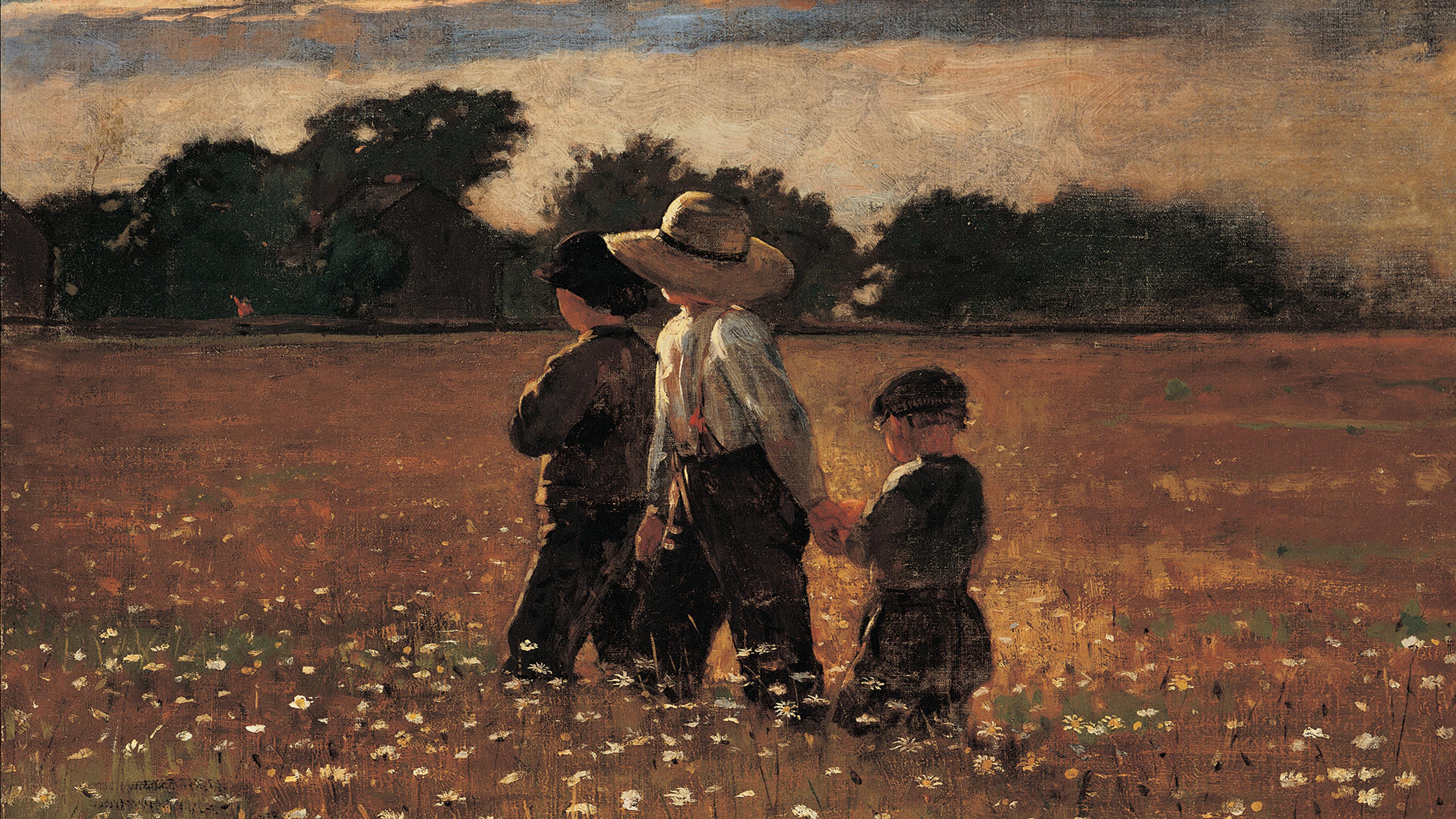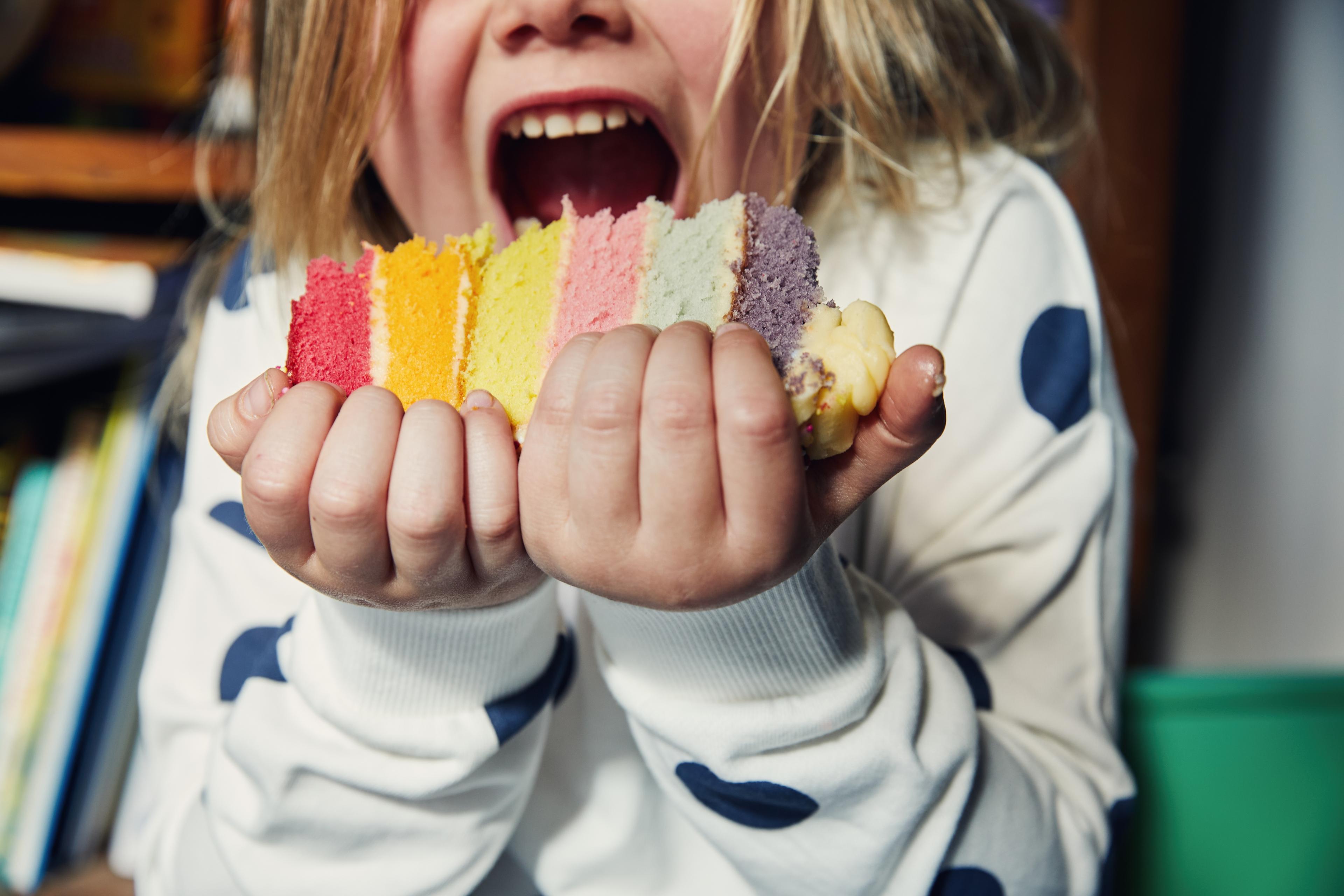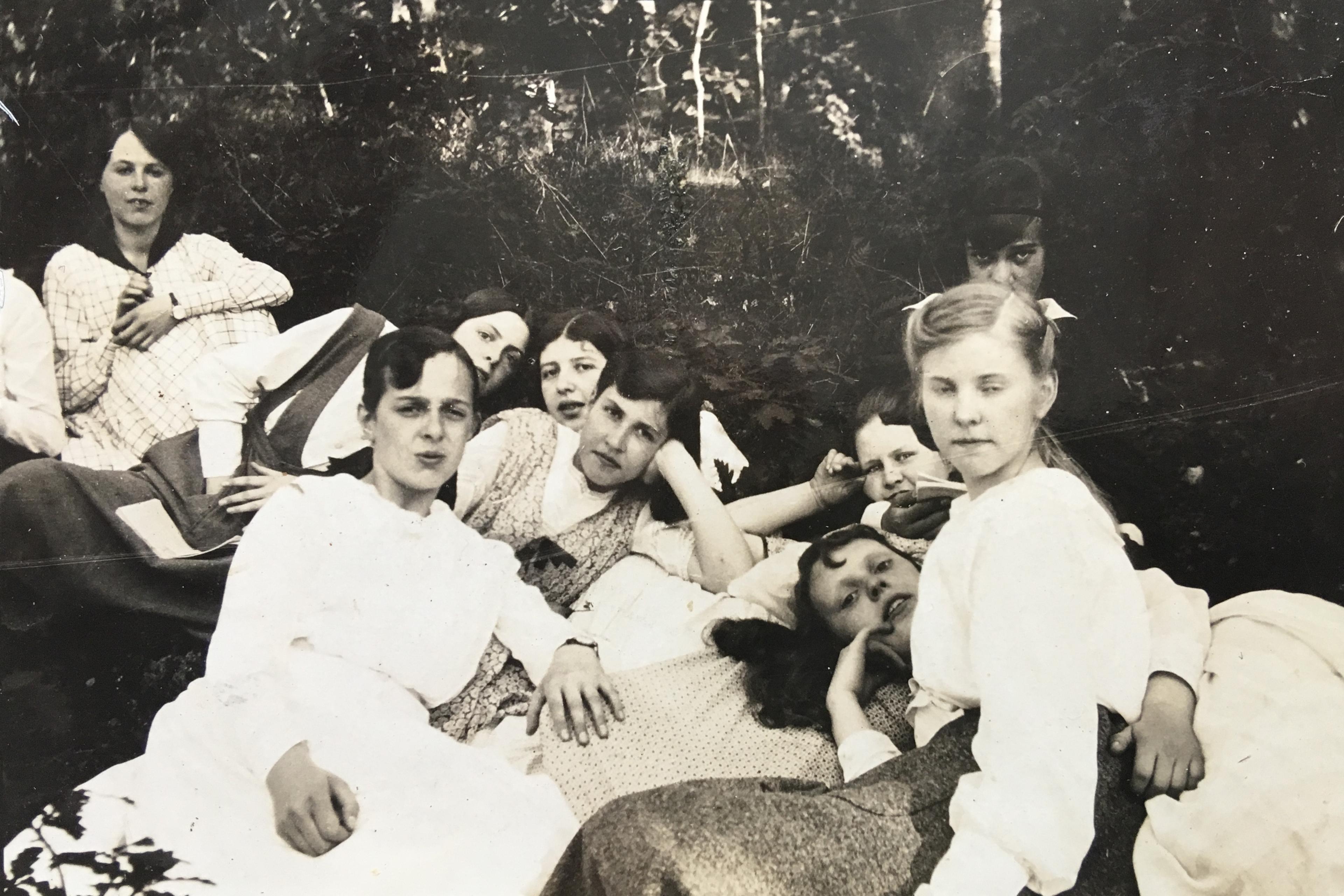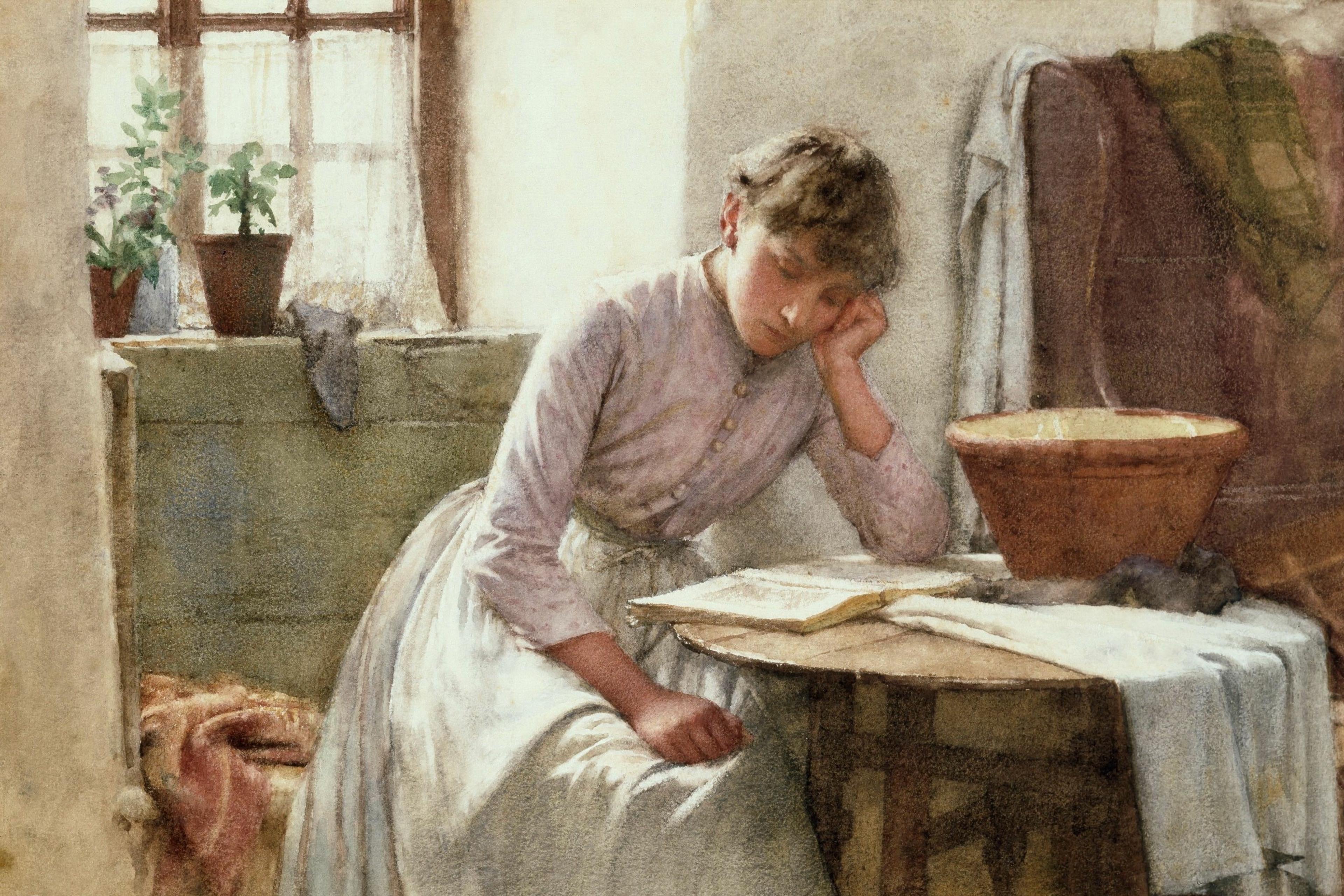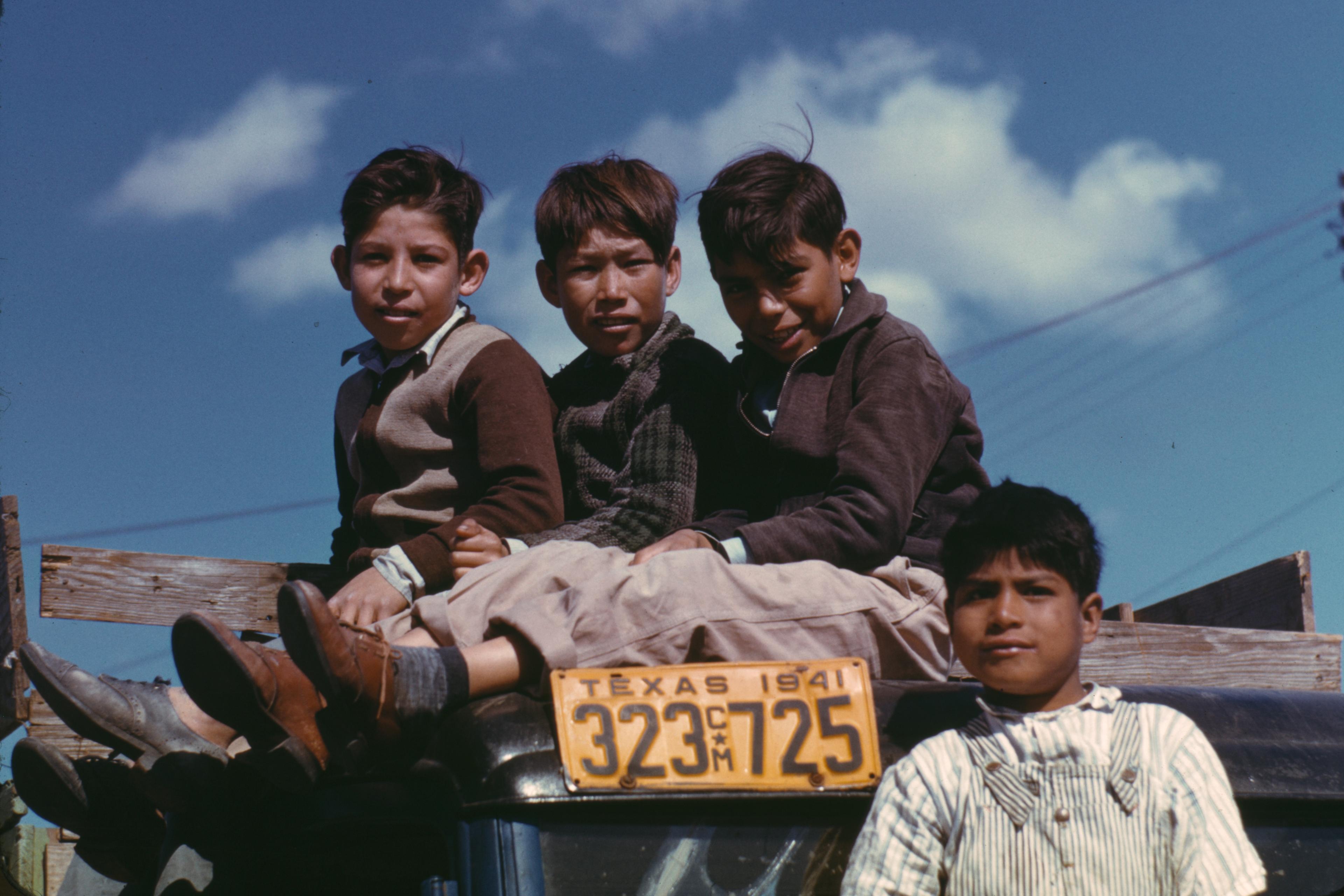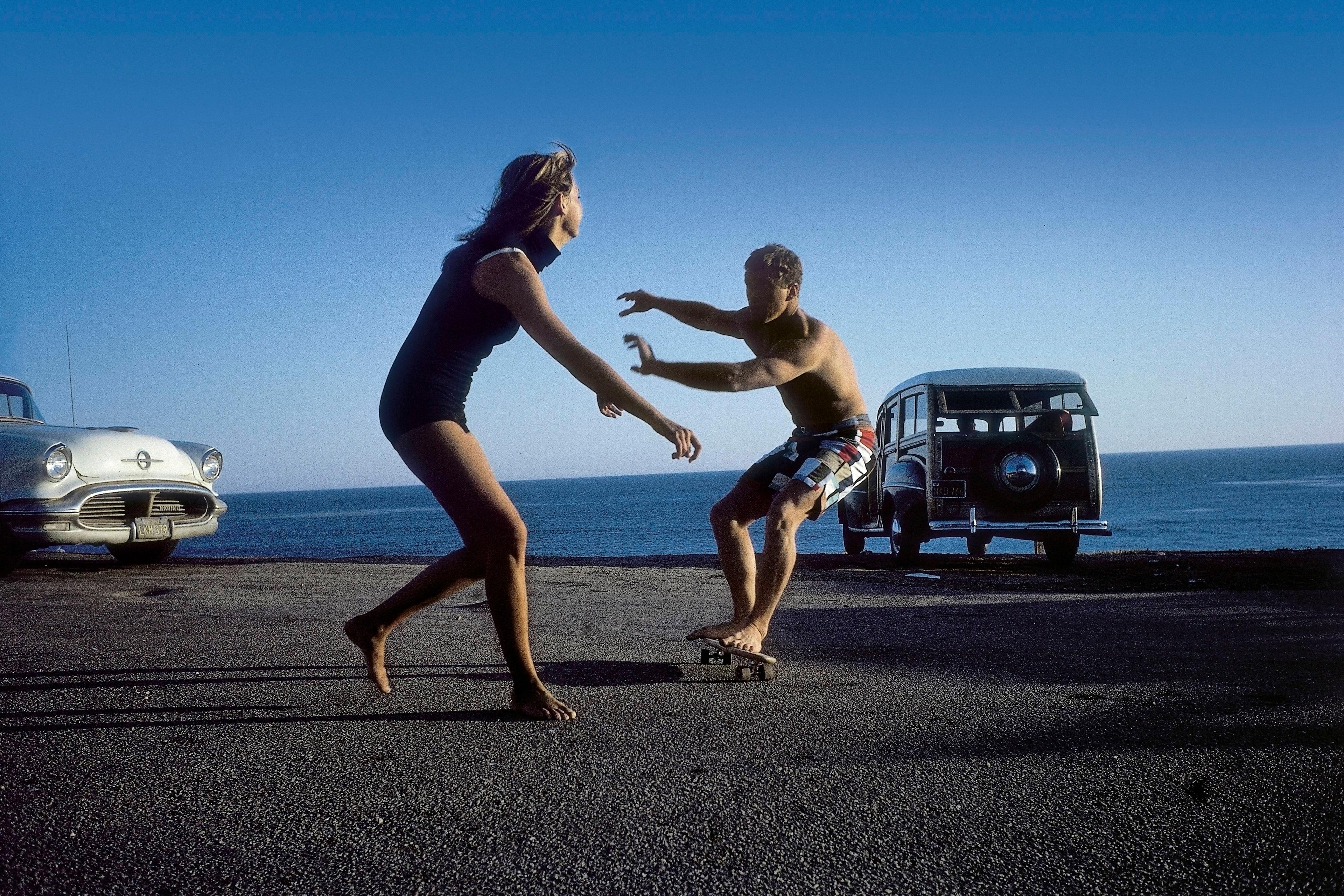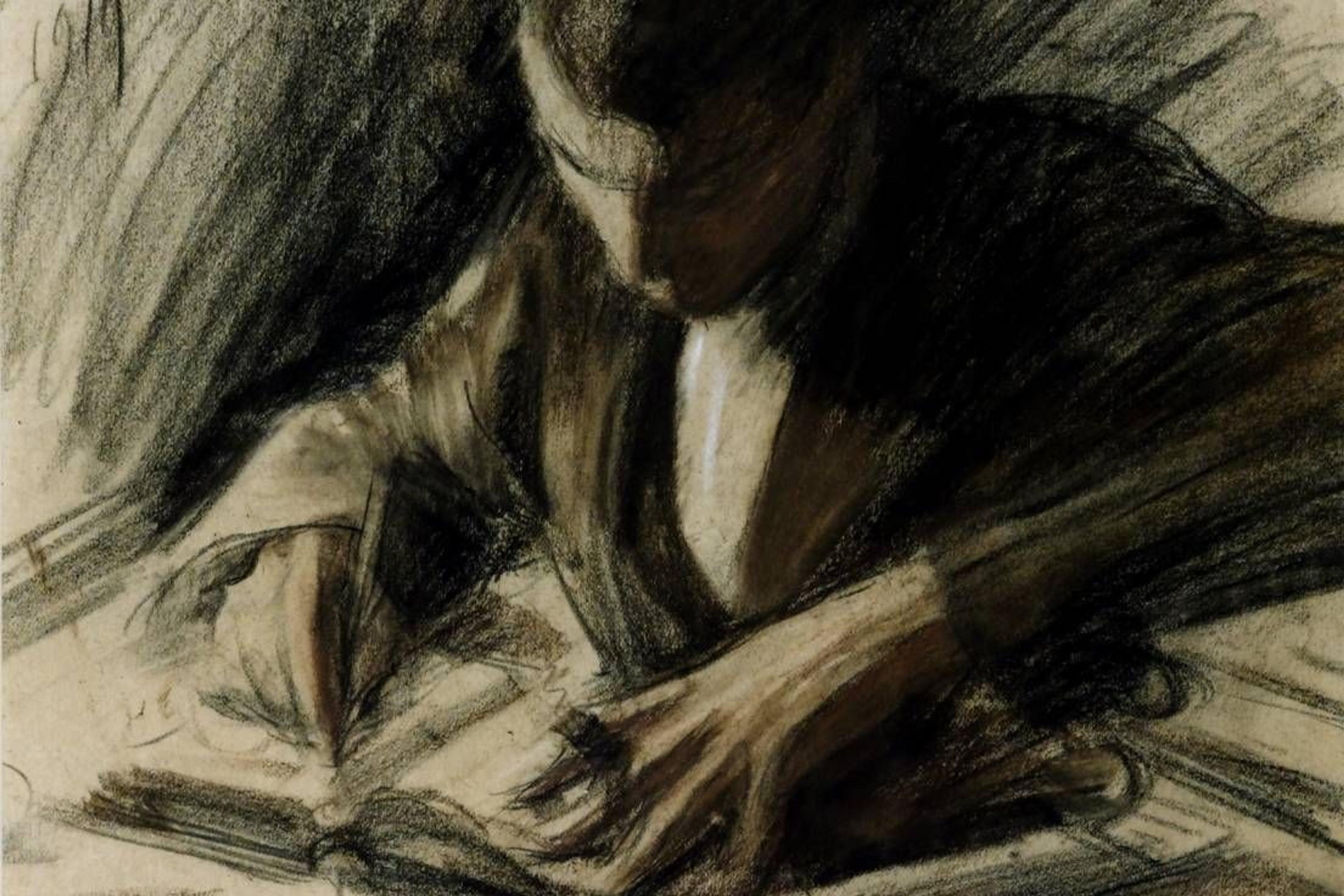In the autumn of 1938, a man called Nandor Fodor sent his wife Amarya to the Hampstead home of the exiled psychoanalyst Sigmund Freud. Brandishing a bunch of tiger lilies, she charmed her way into the house and, over tea, proceeded to tell Freud all about her husband and his theories of psychology and the emotions. An almost-fanatical fan of Freud, Fodor was an author, journalist, ghost hunter and a fellow psychoanalyst. He was also a Jewish émigré, although he came from Hungary rather than Austria. Born in the late 19th century, Fodor studied law in Budapest before moving, in 1921, to New York to work as a writer. In 1929, he arrived in Britain and threw himself into the 1930s supernatural scene. He joined several London ‘spiritualist’ societies and even contributed to a weekly journal for those investigating ghosts and faeries, Light. Fodor eventually returned to New York and became a United States citizen. With Amarya – who became a sculptor – and their daughter, he lived on the Upper East Side of Manhattan, near Central Park.
Fodor had a range of eclectic interests – from poltergeists to ‘prenatal psychology’ – but he was particularly fascinated by nostalgia. In 1949, he compiled his thinking into a book, The Search for the Beloved, and later, in January 1950, into the essay ‘Varieties of Nostalgia’. Until relatively recently, nostalgia had been a deadly disease, and Fodor was part of the first cohort of psychological thinkers who reframed it as an emotion, albeit still with the potential to cause psychological harm. He thought that nostalgia was most frequently felt by children and adolescents and was a response to abrupt changes in lifestyle or place. If left to its own devices, too much nostalgia could develop into a monomaniacal, compulsive mental state that would cause the sufferer intense misery and prolonged distress. Fodor’s ideas about nostalgia were grounded not only in Freudian psychoanalysis, but in his experiences as an immigrant writing in the years immediately following the Second World War.
Fodor had a very low opinion of nostalgia and the people who tended to indulge in the feeling. He fundamentally mistrusted any attempt to escape reality, and nostalgia was, for him at least, exactly that: a deep-seated, almost primal desire to return to a person’s place of origin. He had little patience for the immature nostalgics he interviewed on his therapist’s couch, thinking them self-centred people who disliked ‘making efforts’ for others. He accused people with nostalgic tendencies of being neurotic – people who retreated to bed at any sign of stress or conflict. And, while he conceded that home and the nuclear family were necessary to the functioning of society, he also thought that they were a method of escape for those unwilling or unable to face reality. All too often, nostalgics ‘closet themselves in their home and deny admittance to others’, with their happiness dependant on isolation.
This damning representation of nostalgia and the people susceptible to it spread across the post-war psychoanalytic community. Thinkers from Beirut to Boston obsessed over nostalgics and what their feelings might mean for modern, cosmopolitan society. The Irish analyst Alexander R Martin associated nostalgia with the tendencies of much more rudimentary animals, suggesting that it was a feeling we humans share with homing pigeons. Nostalgia was the opposite of high thoughts and feelings, but a surrender to a ‘biological and rhythmic tendency’ to return to the past and to childhood. Moderate nostalgia could be managed by the effective and alert psychoanalyst, but its more extreme and more troubling cousin, ‘nostomania’, was characterised by ‘compulsive movements toward and against the home and whatever home means, literally and figuratively.’
Nostalgics were also obsessed with themselves – a kind of self-involved, narcissistic lunacy
Martin described one of his nostalgic cases in an article published in 1954. In her teens, his patient had suffered from such severe homesickness that her parents had removed her from her boarding school. As she grew older, she became increasingly withdrawn and reclusive, refusing to leave her family home, and experienced bouts of intense depression. She was treated with shock therapy and intensive psychotherapy for years, if not decades. Eventually, in her early 40s, she sought Martin’s analysis. By this time, she was ‘a very passive person, self-effacing … dull, lethargic.’ At one point, while speaking to Martin about her clothes, she said: ‘I can’t part with those dresses. They have a nostalgic feeling. What am I holding onto? I should get rid of the debris that is holding me back.’
Martin inquired further about this nostalgic feeling, and she replied: ‘In a sense, it is an inability to look facts in the eye – wishful ideas – someday I’ll be slim enough to wear it again, yet I know it is ridiculous. I bought that dress in my early 20s. I could not bear to part with it.’ Using this quotation as evidence, Martin identified the root cause of her problem: ‘the relationship between her mother and herself remained unchanged, that she was still a little girl.’ As the Lebanese psychoanalyst Dominique Geahchan saw it, nostalgia was a manifestation of a person’s subconscious obsession with their mother and an inability to let go of a rose-tinted view of their childhood. Nostalgics were also, then, obsessed with themselves – a kind of self-involved, narcissistic lunacy. Martin, Geahchan and Fodor were all in agreement. According to these post-war psychoanalysts, nostalgics were regressive – fundamentally incapable of growing up or facing the world.
The way psychoanalysts thought about nostalgia reflected widespread cultural anxieties. Fodor was concerned that the emotion was an affliction that could infect entire countries. He worried that, if this form of neurosis spread through nations, then the individual home might be replaced by the ‘mother country’, and political nostalgics would fight tenaciously to keep themselves away from the rest of the world, politically and culturally isolated, in a kind of fraught seclusion. This concern had obvious connections to his identity and personal background. Fodor had left his native Hungary in his early 20s and showed little desire to return. He lived in Britain and the US for his entire adult life, married an Englishwoman and had a daughter in Manhattan. He was, he wrote, prompted to investigate nostalgia by a nagging question, one he was personally unable to answer: ‘Why does an old country, often of wretched and beggarly existence, become a fairy land to the victims of nostalgia?’ It does not take a huge leap of imagination to think that perhaps Hungary was one of the old countries in question.
Indeed, Fodor, a man who had travelled widely and made his home far from his place of birth, was not inclined to look fondly on excessive patriotism or political isolationism. Like many of those who lived through the Second World War, he had witnessed the horrifying consequences of myopic nationalism – a sentiment he partially blamed on nostalgic tendencies among people who had never quite managed to wrest themselves from the fantasies of youth and the family. Fascism, for him, thrived in societies that were resistant to change. Such societies were preoccupied with the supposed sanctity of the domestic dwelling, the allure of the unchanging homeland and the potentially damaging effects of modern life, whereas Fodor celebrated places and people that were excited about the possibilities of the future, progress and international cooperation. His assessment of nostalgia was as much driven by a dislike of provincial backwaters (as he saw it) as it was by a commitment to an imagined ideal of cosmopolitanism.
The middle classes, whose education supposedly emphasised the importance of technology and progress, were less likely to become nostalgic
That Fodor and his fellow psychoanalysts rejected people predisposed to nostalgia isn’t all that surprising. They were all part of roughly the same social milieu and were mostly self-consciously progress-focused, urban dwelling, well-educated and mistrustful of individual and national isolationism. They also often held quite disparaging views about ordinary working people, particularly those who lived in the countryside or in small towns. In 1965, the psychoanalysts Mike M Nawas and Jeremy J Platt argued that the middle classes, whose education supposedly emphasised the importance of technology and progress, were less likely than ‘lower-class’ present-focused or the upper-class ‘tradition-bound’ people to become nostalgic. For Nawas and Platt, nostalgics were unable to adapt to modern times and new trends, forcing them into an unnatural and harmful psychological state.
Having avoided becoming victims of nostalgia themselves, many psychoanalysts thought that those more susceptible were not just unlucky, but somehow defective, mentally regressive, compulsive and neurotic. Fodor died of a heart attack in 1964. A Masonic funeral service was held in his honour and an obituary was published in The New York Times. But his and his fellow postwar psychoanalysts’ views on nostalgia survived. Today’s commentators are rarely as explicit in their associations between nostalgic tendencies and defective personal, political and intellectual traits. But, nevertheless, the implication lingers on.
I was a very nostalgic child. I spent hours imagining myself transported back in time. I was a huge fan of Enid Blyton’s novels and begged my parents to take me out of my 1990s London primary and send me to a boarding school in 1950s Cornwall instead. My pleas went unanswered, so I went to my uniform-free state school every single day in pleated skirts and white blouses, desperate to return to a world I’d never even inhabited. This nostalgia drew me to the past, luring me into one history degree after another. But this emotional tendency didn’t sit well with my chosen profession. Indeed, academic historians tend to have a low opinion of nostalgia and its acolytes.
Martin Wiener’s English Culture and the Decline of the Industrial Spirit 1850-1980 (1981) argued that nostalgia became a political force in the late-Victorian era and insisted that the emotion had a damaging and stultifying effect on the national psyche: ‘it drained prestige from innovation to preservation, from novelty to antiquity, and from change to continuity.’ In their book The Imagined Past (1989), Christopher Shaw and Malcolm Chase were even more explicit: ‘Of all the ways of using history, nostalgia is the most general, looks the most innocent, and is perhaps the most dangerous.’ Sounding a little like mid-century psychoanalysts, they claimed that the ‘syndrome of nostalgia’ was ‘a symptom of contemporary malaise’. George K Behlmer felt the same, suggesting in his introduction to Singular Continuities (2000) that the nostalgic bent could easily ‘lapse into cloying sentimentality’.
Nostalgia need not be conservative, stultifying or sentimental
Many historians and social scientists now see nostalgia as fundamentally in opposition to progress. Behlmer claimed that nostalgia ‘can service to foreclose the future, to reject the possibility of productive change.’ In her visionary book The Future of Nostalgia (2001), Svetlana Boym framed the feeling as a lapse in the critical faculties. For her, nostalgia is an abdication of personal responsibility, ‘a guilt-free homecoming, an ethical and aesthetic failure.’ It ‘is essentially history without guilt … something that suffuses us with pride rather than shame,’ writes Michael Kammen in The Mystic Chords of Memory (1991). It is, according to the sociologist Yiannis Gabriel, ‘the latest opiate of the people’ – something that allows them to absent themselves from the pressures and peculiarities of modern life. Nostalgia, write Ruth McDonald et al in 2006, ‘can be employed to demonise the present by those who seek to resist change.’
For a while, I absorbed this version of nostalgia. I cut my emotional ties to history and developed a new, much more cynical relationship with the past. I became hardened, a steely academic who spurned sentimentality. But more recently, and especially while writing my book on nostalgia, I’ve decided to re-embrace it. Instead, I’m inspired by historians like Emily Robinson, who argues that we should be better at understanding the emotional appeal of historical work – ‘its pleasures’. Nostalgia need not be conservative, stultifying or sentimental. Rather, expressions of nostalgia are one way we communicate a desire for the past, dissatisfaction about the present, and our visions for the future. My version of nostalgia will be joyful, creative and progressive.
This Idea draws on the book Nostalgia: A History of a Dangerous Emotion (2024) by Agnes Arnold-Foster, published by Picador.
